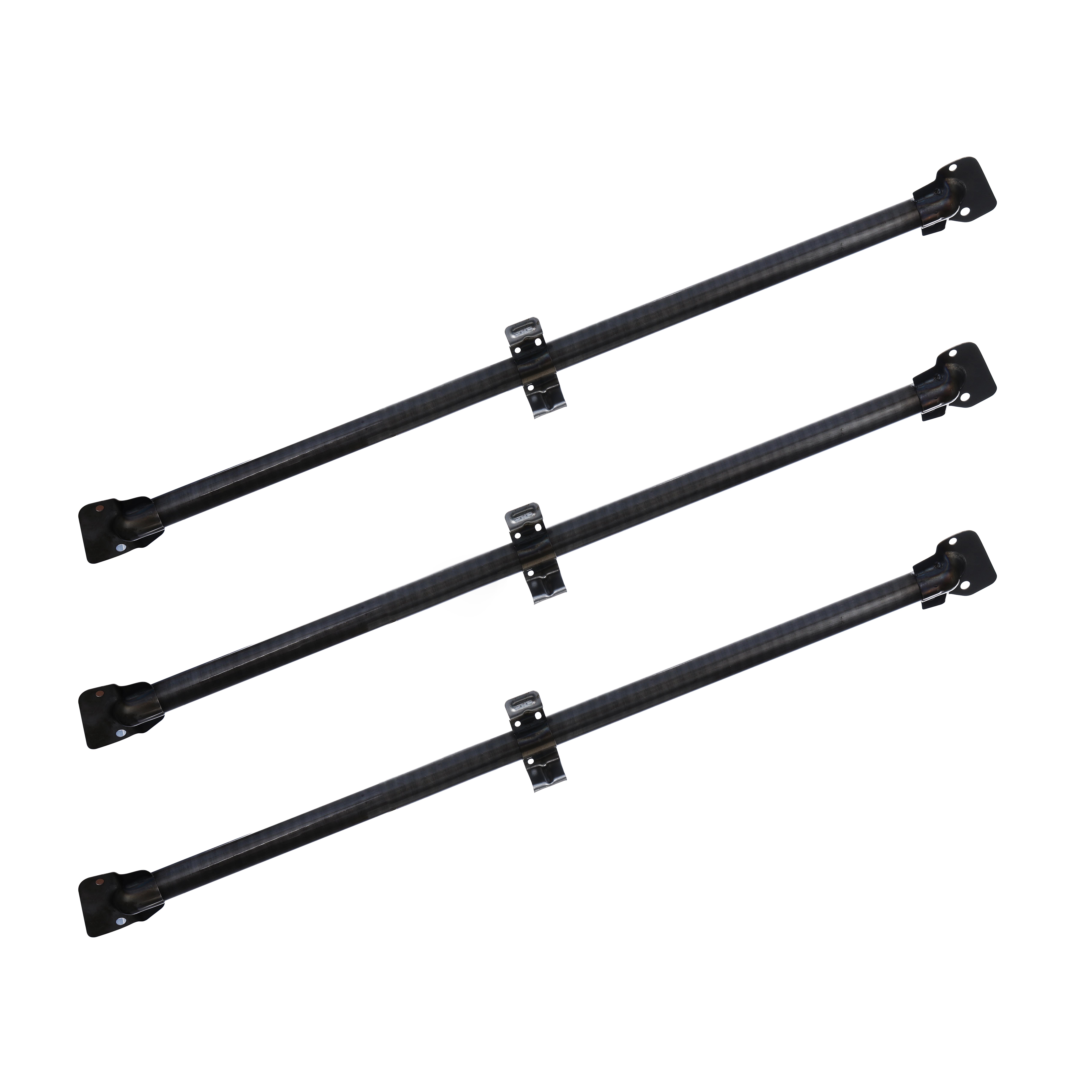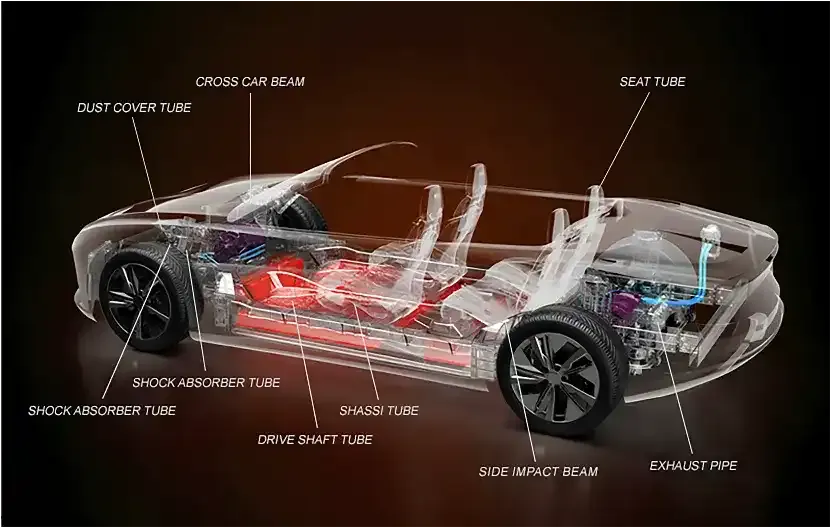Tube necking
2 月 . 18, 2025 02:24

Auto air conditioning systems are an essential yet often overlooked component of modern vehicles, playing a vital role in ensuring passenger comfort and vehicle performance. As summer temperatures soar and winter frost bites, the components of your car's air conditioning system work tirelessly to maintain a pleasant cabin climate. Understanding the different auto air conditioning parts and their functions can empower both seasoned mechanics and casual car owners to troubleshoot, maintain, and even enhance their vehicle's HVAC performance.

The core components of an auto air conditioning system include the compressor, condenser, evaporator, thermal expansion valve, and the accumulator or receiver-drier. Each of these parts plays a critical role in the refrigeration cycle, which aims to convert refrigerant from gas to liquid and back again, effectively cooling the air that enters the vehicle’s cabin.
The compressor, often regarded as the heart of the AC system, pumps refrigerant through the system. It draws in low-pressure gas from the evaporator, compressing it to high pressure and temperature. This foundational component requires robust construction and precise engineering to withstand the demands of the system. Choosing a high-quality compressor from a reputable manufacturer ensures durability and effective performance, particularly in high-temperature regions.

Next is the condenser, mounted at the front of the vehicle near the radiator. Its primary function is to dissipate heat absorbed by the refrigerant. As the refrigerant passes through the condenser’s serpentine coils, it sheds heat and transforms from a gas to a liquid state. Constructed from aluminum for its superior heat conduction properties, a good condenser maximizes thermal exchange and prevents system overloads, thereby extending the lifespan of the AC system.
Then there's the evaporator, located inside the vehicle’s dashboard. This component’s job is to absorb heat from the cabin air, thus lowering its temperature and humidity as refrigerant liquid turns back into gas. Signs of a failing evaporator include reduced cooling efficiency and refrigerant leaks. Regular checks and servicing can help maintain optimal functionality and prevent costly repairs.
The thermal expansion valve or orifice tube, depending on the system, regulates the flow of refrigerant into the evaporator. It adjusts according to temperature changes, ensuring an appropriate level of refrigerant at all times. A faulty valve can lead to either inadequate cooling or icing of the evaporator coils, thus requiring careful calibration and regular inspection to maintain system efficiency.
auto air conditioning parts
The accumulator or receiver-drier functions as a filter and a temporary storage container for surplus refrigerant. It removes moisture and contaminants from the refrigerant, using a desiccant material. Maintaining this component’s integrity is crucial because moisture can cause freeze damage to the system. Regular replacement is advised, especially after major system repairs.
Beyond these fundamental parts, the integrity of hoses and seals cannot be underestimated. These components prevent leaks and ensure that pressure levels are maintained throughout. Silicone hoses, known for their flexibility and resistance to temperature fluctuations, often serve as a reliable option for long-term durability.
Furthermore, technological advancements have led to the development and integration of sensors, providing real-time data to optimize climate control. Efficient sensor systems adjust the AC compressor output based on the ambient temperature, vehicle speed, and user settings, improving fuel efficiency and comfort.
When considering upgrades or replacements for these components, it is essential to focus on products that boast industry certifications, positive reviews from both experts and real-world users, and responsive customer support. Opting for OEM (Original Equipment Manufacturer) parts ensures compatibility and reliability, while aftermarket alternatives might offer cost savings but require due diligence in terms of quality and warranty assurances.
Understanding and maintaining auto air conditioning parts not only enhances passenger comfort but also extends the vehicle’s longevity and efficiency. Staying informed about the critical components and their upkeep not only empowers vehicle owners but also positions them to make informed decisions, leading to superior driving experiences regardless of the weather conditions.


